Knitted soft morphing flowers—lilies, daffodils, gamopetalous and calla flowers—are fabricated using thermally responsive smart fibres.
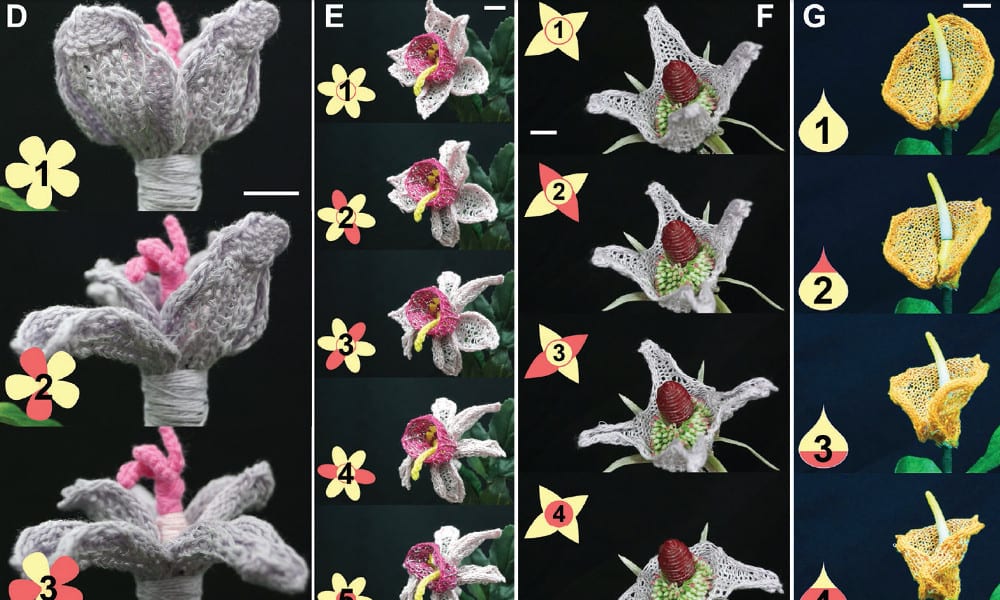

Knitted soft morphing flowers—lilies, daffodils, gamopetalous and calla flowers—are fabricated using thermally responsive smart fibres.

The 36th APS, which took place in Lorne, Victoria, from November 20-23, featured talks on a wide range of polymer science topics from both local and international speakers.
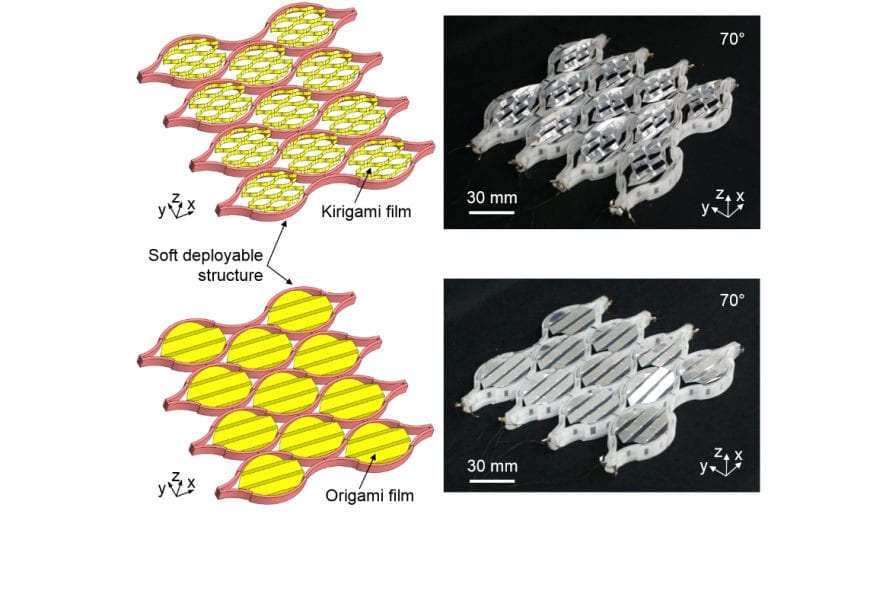
Redirecting incident light towards a specific direction is a basic feat of engineering useful for large applications, such as redirecting sunlight onto solar panels or to provide greater illumination in a household, and for smaller applications, such as in optical...

Current Protocols can help to avoid those wasted hours when your experimental method just won’t cooperate.
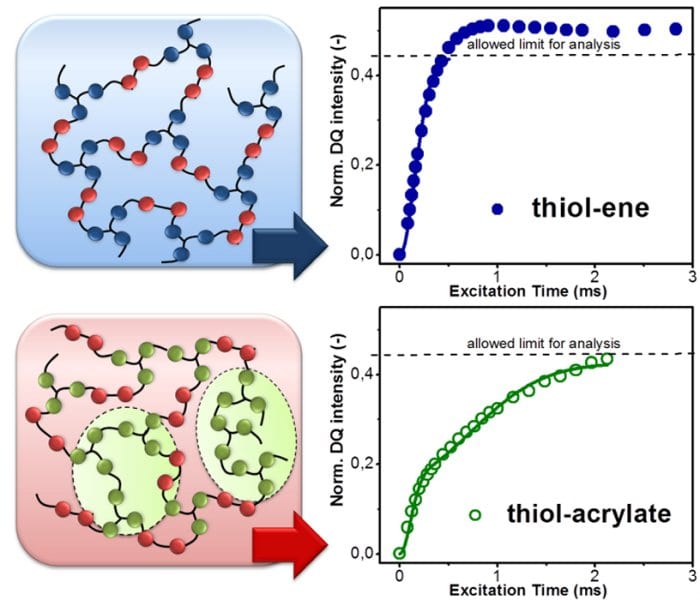
Thiol-ene photopolymers provide a uniform network structure due to the well-defined step-growth mechanism of the photopolymerization between thiol and alkene monomers.
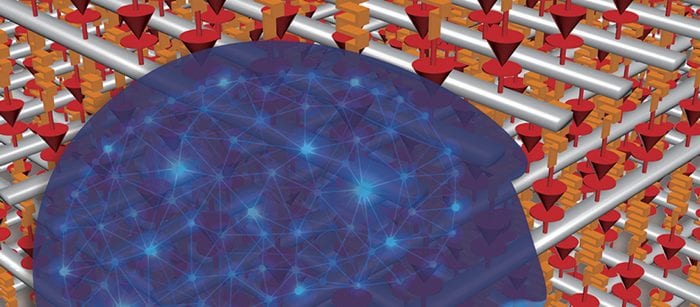
Jeong et al. argue that a change in paradigm away from the CPU+Memory computing approach and towards a materials approach which mimics biological neurons as synapses is needed.

Over the past decade, melanin pigments and their subunits have attracted increasing interest as soft biocompatible functional materials with antioxidant properties for engineering high performance, low impact biocompatible optoelectronic devices, such as memory...

Take a look at the great cover images from the August issues and top five most downloaded articles this month.

IBM scientists created randomly spiking neurons using phase-change materials to store and process data
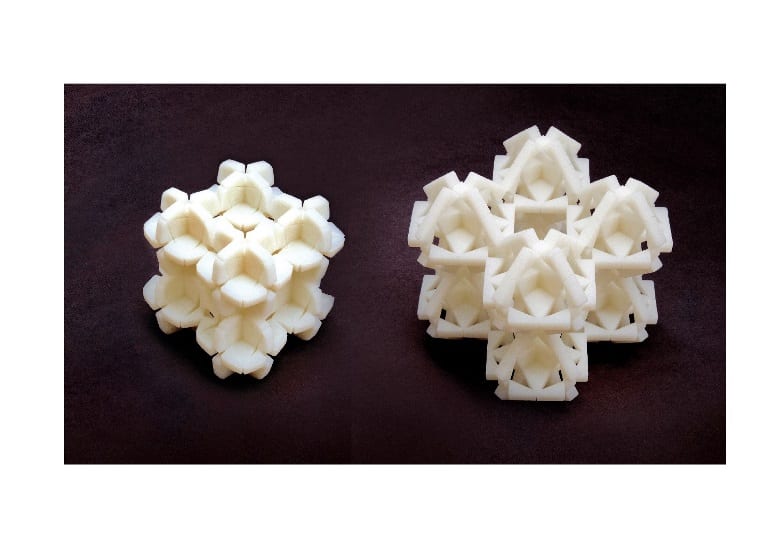
Researchers propose an architected material that can be constructed from virtually any base material.